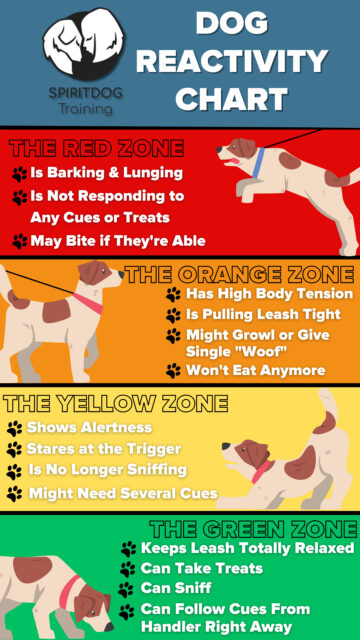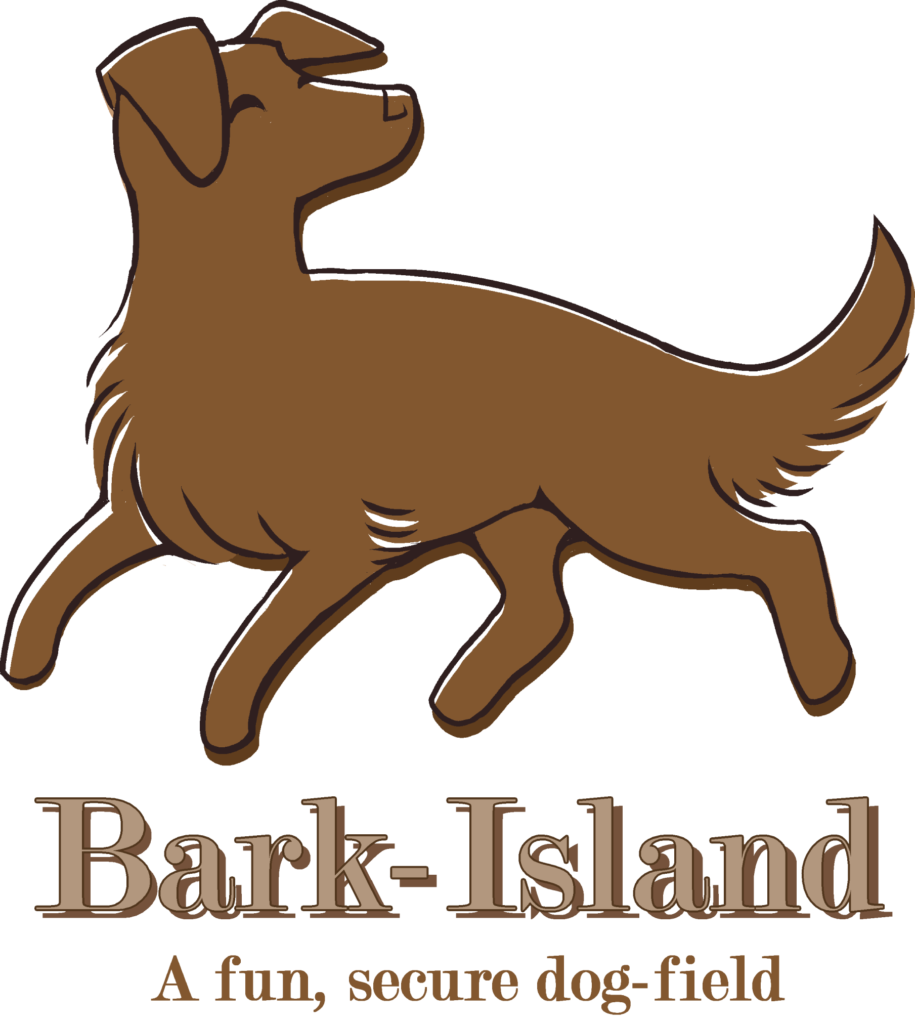One of the reasons we set up Bark-Island is because one of us has reactive dogs.
Reactive dogs are no joke and I don’t mean to be patronising when I say “you wouldn’t understand if you hadn’t owned one”.
Not all reactive dogs have had bad lives or are rescue dogs, some are just a little sensitive and some just don’t like certain things. I don’t like mushy peas and I tend to raise holy hell if any appear on my dinner plate, so I guess I can relate to my dogs and their dislike of bicycles (I’m looking at you, Shelby), buses (ahem, Timmy) and squirrels, (yes, that’s you, Betty).
Timmy is a livestock guardian breed and his guarding instincts go back literally thousands of years (being one of the ancient breeds), so yep, he’s also reactive to dogs. Over my years of fostering and adoption, I’ve really seen a whole load of reactivity issues and believe me, secure dog fields have been a sanctuary for me and my dogs. It’s the whole reason Bark-Island exists.
This blog is here to reassure you that we are here for you and your dogs and we really want our other dog owners to be mindful of our purpose too. Hopefully this way, we can all rub along together and help each other’s dogs.
Did you know?
75% dogs are reactive to something? According to Scientific American, that’s ¾ of all dogs react negatively to something they are exposed to.
I think we sometimes think it is our fault, or because they are a rescue dog, or because we didn’t socialise them at puppy class, but sometimes we forget that it is just some dog’s personalities that lead them to dislike things.
What dogs are reactive to:
Other dogs
Other humans
Men
People wearing hats
Cars
Lorries
Buses
Other animals
Loud noises
Anxiety disorder
PTSD
OCD
Leash / leads
The list goes on…

Reactivity manifests itself in a variety of ways including:
Barking
Lunging
Shaking
Attempt to hide
Attempt to fight
Biting
Jumping
Escape / Flee
Self Harm
The Science
Behaviourist Victoria Stilwell and writer Sally Gutteridge say that dog behaviour is influenced by physiological processes including neurotransmitters, such as serotonin and dopamine, which send chemical messages in the brains and bodies of dogs. As a result, physiological reactions to emotions such as joy, fear, excitement and sadness are displayed.
Dogs have individual preferences, behaviour patterns, coping strategies and stress triggers, just like humans. So, if your dog is stressed a lot, highly strung and highly reactive you can be sure his body is suffering.
When a dog experiences stress, the body releases a hormone named Cortisol. In small, appropriate doses, Cortisol plays an essential role in dealing with stress. When stress becomes more frequent, the constant production of Cortisol has many negative consequences; it affects everything from the heart to the immune system and if your dog can never relax, these vital functions are at risk.
Did you know?
It can take a reactive dog up to 3 days to decompress after a reactive episode. 72 hours of Cortisol flooding is not comfortable for the dog and it can make future training really hard.
So yes, treating our own and other people’s dog reactivity was a key reason in setting up Bark-Island. Reactivity is a serious issue.

Dog fields are great for reactive dogs because:
1) The dog can exercise freely and let off steam
2) Secure fields ensure they aren’t bothered by other dogs / humans / other triggers to their reactivity
3) This might be the dog’s only time off lead and off muzzle.
4) The human needs a break too – reactive dogs are challenging to walk, so it’s nice to have a place to relax.
How can we help?
If you’re one of the lucky humans who doesn’t have a dog with reactivity issues we are so pleased for you.
However, we’d like to remind you that we have certain guidelines in place at Bark-Island that protect our doggy guests that are reactive.
These are:
1) Stay in your car until your turn
2) Don’t play loud music or have loud telephone calls on Bluetooth
3) Keep your dogs in your car until their turn
4) Give space in the car parking area
5) Please don’t arrive too early for your slot (never more than 5 minutes)
6) Please don’t leave late
We don’t want to be all doom and gloom and we don’t want to force regulations on anyone or any dog, but we know all our customers want to help and encourage each other. By being considerate of reactive dogs and by implementing these strategies, we should all have happy and tired doggies!

